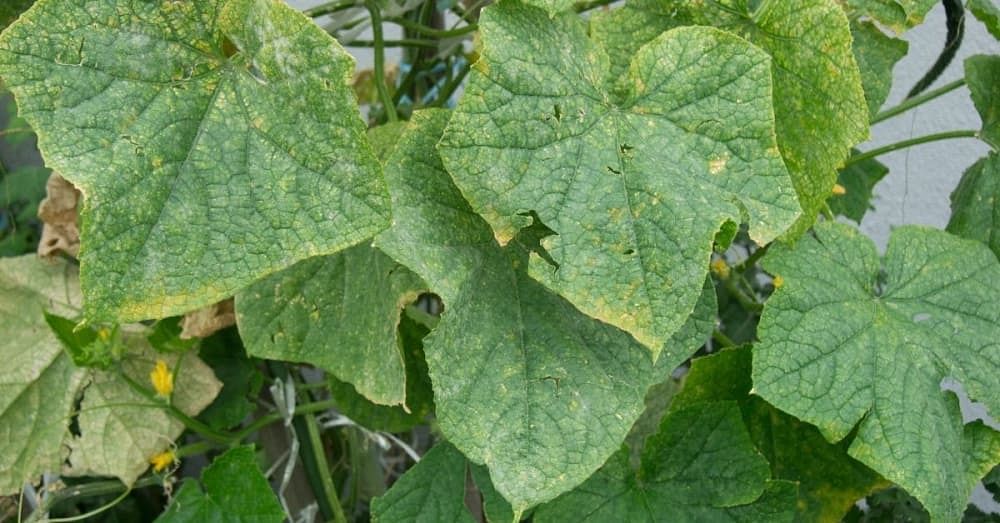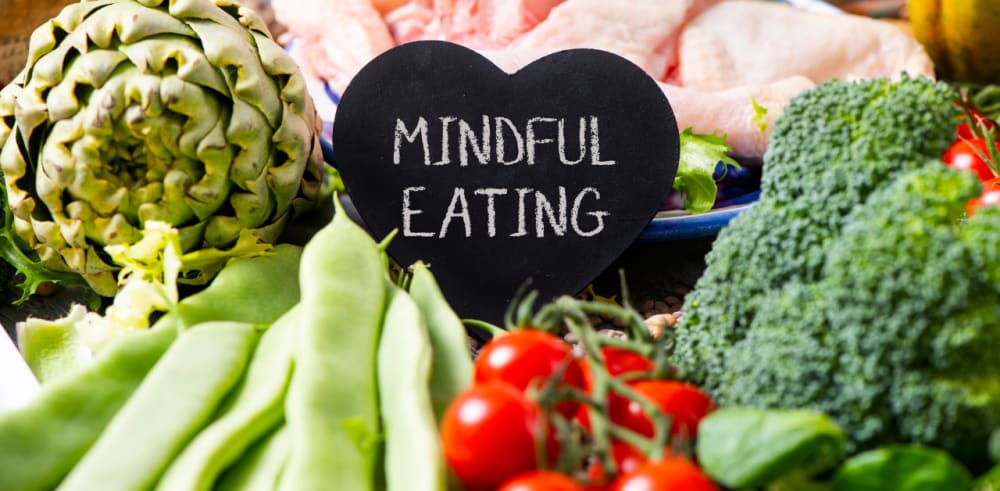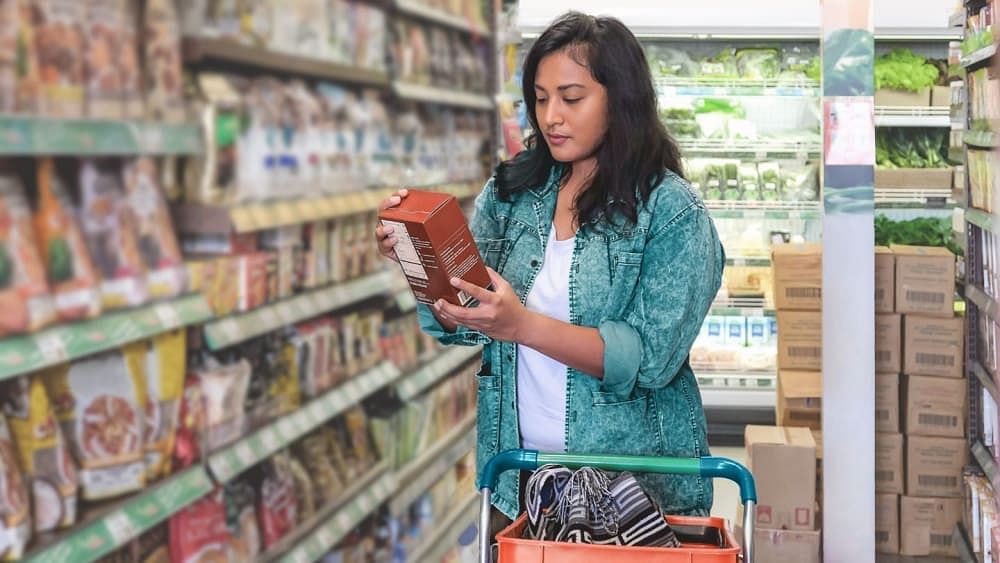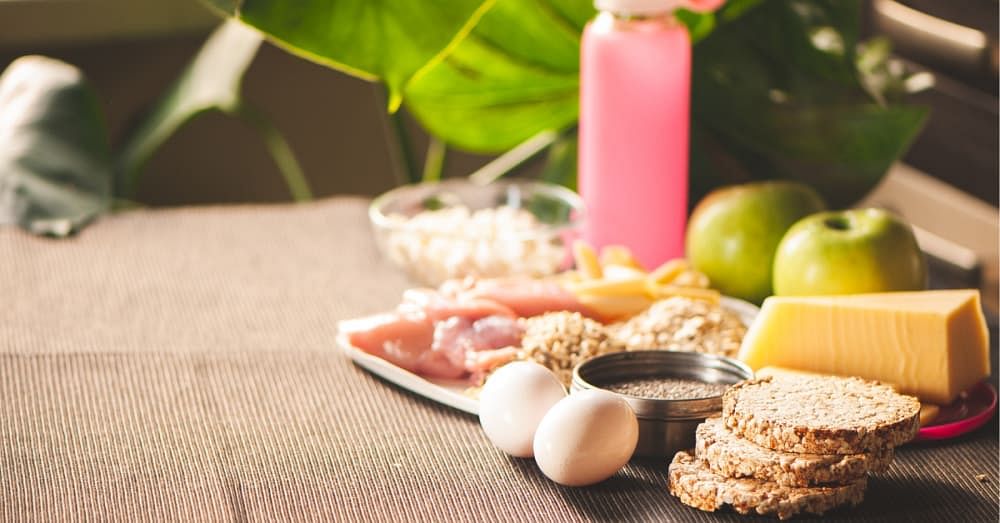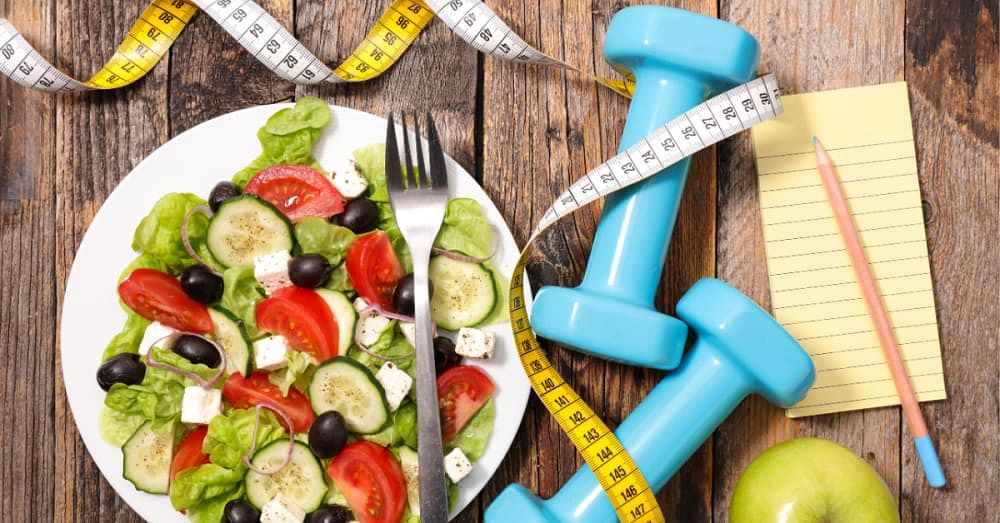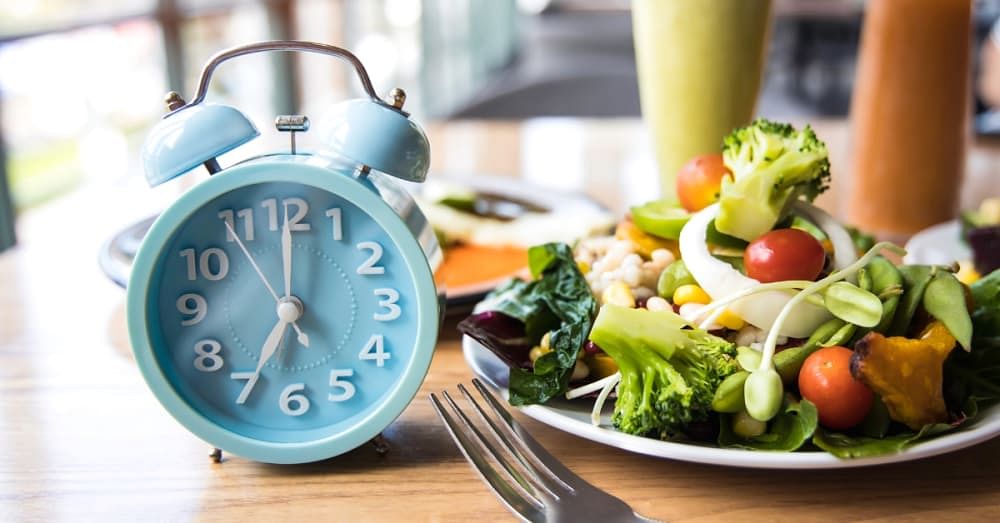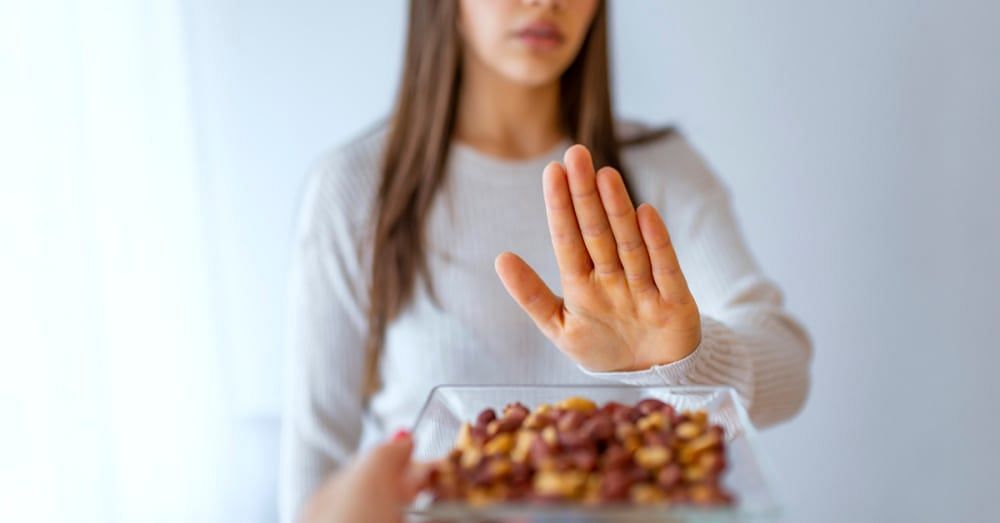Almost every part of the pumpkin plant, including fruit, seeds, leaves, and stems, are edible, providing different health benefits. People popularly use the delicate pumpkin leaves with other green leafy vegetables in tangy chutneys or as a main course savoury dish.
Appearance of Pumpkin Leaves
The pumpkin plant leaves have large, round and deep lobes with an alternate arrangement. Generally, more than three veins originate from the same point. The leaves can be yellowish, light green, or greyish-green, depending on the variety of the pumpkin.
They are characterised by serrated edges that contain fine and glass-like prickles. The pattern of prickling edges also depends on the pumpkin's variety. Many types have spotted or mottled patterns on leaves.
Nutritional Value of Pumpkin Leaves
This tropical vegetable has a rich nutrient profile. Here is the nutritional value of one cup (39 g) of pumpkin leaves:
- Total calories: 7 Kcal
Medicinal Value Of Pumpkin Leaves
Consuming warm liquid (prepared from boiling leaves in water) helps reduce fever and treat intestinal parasites. Moreover, applying the mixture of coconut oil, honey, and pumpkin leaf paste helps treat skin conditions like acne.
Pumpkin Leaves Benefits
1. Promotes Heart Health
The pumpkin leaves are rich in soluble fibre that helps reduce cholesterol absorption. Low cholesterol reduces the risk of heart disorder. Moreover, potassium content helps prevent irregular heartbeat.
2. Lowers the Symptoms of Rheumatoid Arthritis
The Vitamin B6 content in the pumpkin plant leaves helps curb pain in muscles and joints caused due to arthritis.
3. Help Alleviate Premenstrual Syndrome (PMS)
Manganese in the pumpkin leaves help manage and reduce the situations of headache, mood swings, irritability, and depression.
4. Helps Retain Dental Health
Phosphorus is vital for bone and gum health. The pumpkin leaves contain Vitamin D, calcium, and phosphorus, vital for maintaining gum and teeth health. These nutrients support jaw bone mineral density and tooth enamel that helps hold the tooth in place.
5. Help Strengthen Bones
The leaves have a high amount of calcium and phosphorus, essential for the bones. Consuming it regularly also helps avoid bone and stiff joint pain.
6. Help Fight Colon Cancer
The pumpkin leaves help in treating colon cancer. But how? It contains soluble and insoluble fibre that eases bowel movement. Smooth bowel movement ensures a healthy intestine, preventing cancerous tumour growth in the colon.
7. Supports the Immune System
The pumpkin leaves have abundant iron that plays an essential role in strengthening the body's immune system. A strong immune system enables the body to fight against several disorders and infections. Moreover, iron helps heal the red blood cells, allowing better oxygen flow in cells, tissues, and organs.
8. Provides Supple and Soft Skin
One cup or 39 g of pumpkin leaf contains Vitamin A, helping fulfil approx 4% of the Daily Value. It helps keep away the free radicals and toxins that often damage the skin. Moreover, the high water content in the leaves helps retain moisture, providing soft and supple skin. Moisture retention also helps prevent some skin conditions like psoriasis.

9. Reduces the Risk of Chronic Diseases
Pumpkin contains essential antioxidants, like beta-cryptoxanthin, beta-carotene, and alpha-carotene. It helps protect against the damage caused due to free radicals. Studies show that It plays a vital role in preventing chronic heart and cancer diseases.
10. Help Promote Weight Loss
Pumpkin leaf is a nutrient-dense food. It means it has low calories but high nutrients. The lower calories make it an ideal weight-loss food. Moreover, fibre content helps keep you satiated for a long time.

Pumpkin Leaves in Pregnancy
The pumpkin leaf is high in fibre, helping slow down digestion and ensuring easy bowel movement during pregnancy. It even contains folate that plays a vital role in the neural development of the fetus. Moreover, protein helps repair muscles and ensures smooth functioning of the organs, which is essential for both mother and the fetus.
Can You Eat Pumpkin Leaves?
Yes, one can consume pumpkin leaves as it is a palatable food. It contains rich nutrients, helping contribute to longevity and quality of life. Moreover, the medicinal value of pumpkin leaves benefits the eye and skin and enhances fertility.
Pumpkin Leaves Recipe
Put a bunch of finely chopped pumpkin leaves, one medium-sized and finely chopped onion, two tomatoes, and water in a pan. Cover and cook the mixture until the water reduces to half. Add a teaspoon of olive oil and a tablespoon of peanut powder and simmer for 10 minutes. Garnish with your favourite seasoning and serve hot.
Taste of Pumpkin Leaves
The tender pumpkin leaves have a mixed flavour of broccoli, spinach, and green beans when cooked together. It is far sweeter and a bit bitter. However, the mature leaves have a mildly bitter flavour. Moreover, this bitterness and leafy flavour vanish when cooked. It, then, tastes like spinach or turnip greens.
How To Clean Pumpkin Leaves
One can thoroughly wash the leaves while placing them under the running water. It helps get rid of soil and pests present over the leaf.
Summing Up on Pumpkin Leaves
The high nutrient profile of pumpkin leaves, and enormous health benefits make it an ideal food option to include in your diet. Blend it into salads, soups, chutneys, or savoury dishes to enhance the food texture.
References
- Bartosz Kulczyński, April 2020; Antioxidant potential of phytochemicals in pumpkin varieties belonging to Cucurbita moschata and Cucurbita pepo species - https://www.tandfonline.com/doi/full/10.1080/19476337.2020.1778092
- Mukesh Yadav, December 2010; Medicinal and biological potential of pumpkin: an updated review - https://pubmed.ncbi.nlm.nih.gov/21110905/
- Roberta Piva, July 2021; Pro-Osteogenic Properties of Violina pumpkin (Cucurbita moschata) Leaf Extracts: Data from In Vitro Human Primary Cell Cultures - https://www.mdpi.com/2072-6643/13/8/2633/htm


